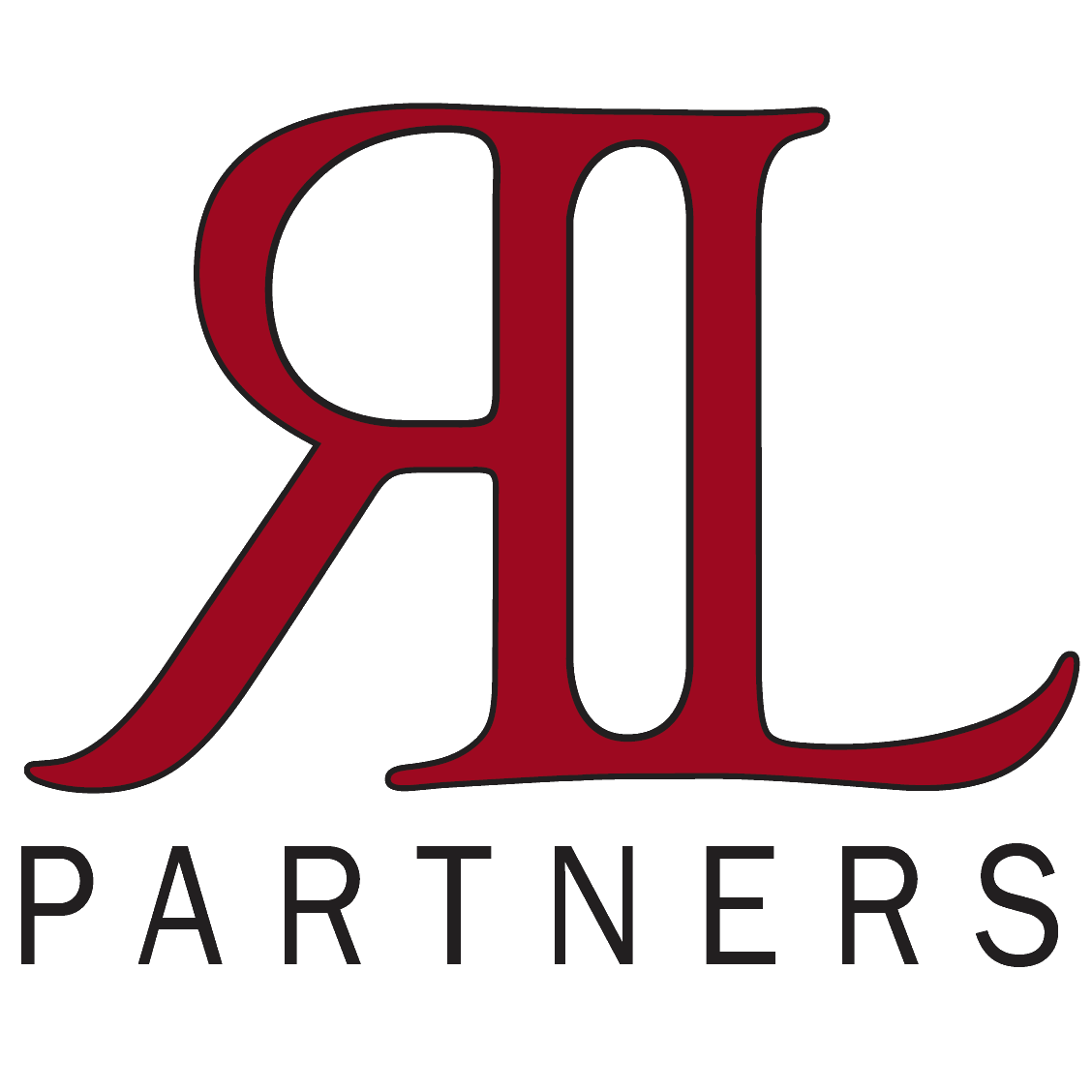The REAL Cost of Owning a Home
/The age old debate, buy vs. rent. The media loves dwelling on this issue. The decision is faced by all of us at some point. In our "Renter to Homeowner - Outdoor Yard Tasks" we laid out every cost we could think of that a homeowner would incur on the outside of their home. Now we'll visit the interior and core ownership costs.
A few key points before we begin:
- There is a certain level of spending which is required to keep a home at what we'll call par-value. Many homeowners choose to avoid this spending as they simply can't afford it. Hopefully they find this post before their next home purchase. This is largely where "flip" properties come from.
- The home considered in this post is a conventionally financed single family property. We'll assume a typical suburban yard and a total home market valuation of $175k.
- A detailed financial analysis (We've done one ourselves) comparing home ownership costs with rent payments will almost always show that the major deciding factor is home appreciation/depreciation. A renter does not see the upside or downside of home market values. If you buy a home, the only way you will save money over renting is if your home appreciates. I like to say that renting is like buying insurance. This insurance protects you from the potential downside of market valuation and the large investments occasionally required by homeowners.
- Optional costs like phone, internet, dog walking, etc.. will be ignored here as they are the same as the renter would pay. (Unless your landlord throws in free dog walking!)
- Some of the monthly costs listed below to cover an entire category are based on our extensive database of property operating costs.
Now to the costs.....
To purchase your home, you will have to pay "closing costs". This money pays for the professionals needed to transfer the property to you and prepare your loan. These costs are variable and are typically in the range of $2000 to $5000. Many people do not think about these costs as if they were spread out over every month the home is owned. If the home is owned for 7 years, this cost is approximately $42 a month. This thinking is where the banks came up with A.P.R. concept.
Once purchased, your approximate $1300 monthly payment to the bank will cover the following items:
- Property Taxes (Paid to your local city/county by the bank, in Ohio this is mostly for school costs)
- Homeowners Insurance (What we like to call "Fire" insurance, as it does not really cover much else)
- Interest payment on your loan (Paid to the bank for loaning you the money)
- Principal payment on your loan (To pay down the amount owed to the bank)
Once owned here are the costs you will incur moving forward on the interior of the house:
Repairs ($90 a month)
- Fireplaces
- Appliances
- Electrical Fixtures
- Furnace / Air Conditioner
- Water Heater
- Electrical System
- Sump Pumps
- Plumbing
- Garage Doors and Openers
- Drywall
Maintenance ($40 a month)
- Furnace Filters
- Water Heater Annode Rods
- AC System Re-Charges
- Fireplace sweep
- Door and Window Hardware upkeep
- Fire Extingushers
- Smoke and Carbon Monoxide Detectors
- Lightbulbs
- Pest Control
- Alarm Systems
Improvements ($120 a month)
- Windows
- Paint
- Carpet
- Flooring
- Cabinets
- Fixtures
- Energy Improvements (Insulation, Air Sealing)
Time - Awww, yes. It will be you dealing with the above repairs, maintenance and improvements. No landlord to be found. Let's assume you spend an hour a month dealing with these issues. ($50 a month)
Utilities - Water, Sewer, Trash, Electric and Gas. These will be roughly the same as the renter and will typically costs you around $300 a month.
Cleaning - These costs and/or time are arguably the same as the renter would incur. The average cleaning company charges 10 cents per square foot per month for cleaning services. We'll assume $175 a month for our example.
Appreciation / Depreciation - The house will have to be sold eventually. When it is, the change in market value must be faced. A depreciated home will force you to sell the property for less than you paid. Appreciation is where home ownership pays off as discussed above. We'll assume +/- 2 % per year for our example ($290 a month).
Summary
Lets ignore utilities (equal for the renter) and add up the monthly cost. We'll add in $160 a month for outdoor costs as discussed in a previous post linked above:
42 + 1300 + 90 + 40 + 120 + 50 + 175 + 160 +/- 290 = $1,977 +/- 290.
We have always heard that you should count on out of pocket costs equaling 150% of your mortgage payment. In this case 150% of $1,300 is $1,950. We believe this is a good rule of thumb. As you can see, the appreciation or depreciation of 290 can make a big dent in your monthly costs. When considering buying a home you must think about this market value fluctuation risk.
As you can see here, the worst case monthly cost could be $2,267. This is significantly more than the $1,300 mortgage payment. Alternatively, the best case monthly cost will only run you $1,687. Not bad and probably less than renting (We would charge around $1750 monthly rent for the home described here).
Happy house hunting!
